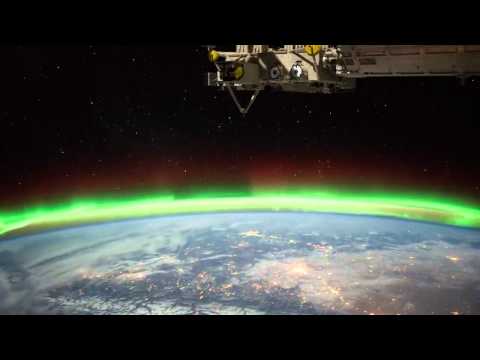The Solar System’s Most Mysterious Objects
The Solar System is a vast and wondrous place, filled with countless objects that have captured the imagination of scientists and space enthusiasts for centuries. From the majestic rings of Saturn to the icy plains of Pluto, each celestial body has its own unique characteristics that make it a fascinating subject of study.
However, there are some objects in the Solar System that stand out as particularly mysterious. These enigmatic entities defy easy explanation and continue to baffle scientists with their strange properties and behaviors. In this article, we will explore some of the most mysterious objects in the Solar System and delve into the tantalizing questions that surround them.
One of the most intriguing objects in the Solar System is the dwarf planet Ceres. Located in the asteroid belt between Mars and Jupiter, Ceres is the largest object in the belt and was once considered a planet in its own right. However, it was reclassified as a dwarf planet in 2006 due to its small size and irregular shape.
Ceres is shrouded in mystery due to the presence of bright spots on its surface that have puzzled scientists since they were first observed by the Dawn spacecraft in 2015. These bright spots are thought to be deposits of salt or ice, but their exact nature remains a subject of debate. Some scientists believe that they could be evidence of a subsurface ocean or cryovolcanism, while others think they may be the result of impacts from other objects in the asteroid belt.
Another mysterious object in the Solar System is the moon of Saturn known as Enceladus. This small moon is only 310 miles in diameter, but it has captured the attention of scientists due to its geysers of water vapor that erupt from its south pole. These geysers are thought to be evidence of a subsurface ocean beneath the moon’s icy crust, raising the possibility that Enceladus could harbor microbial life.
The origin of Enceladus’s geysers remains a mystery, with some scientists proposing that they are caused by tidal forces from Saturn’s gravity heating up the moon’s interior. Others suggest that they could be the result of liquid water interacting with hot rocks beneath the surface. Regardless of the cause, Enceladus continues to intrigue scientists with its potential for hosting life beyond Earth.
One of the most enigmatic objects in the Solar System is the so-called “Planet Nine,” a hypothesized ninth planet located in the distant reaches of the outer Solar System. Planet Nine is thought to be a massive, icy world with a highly elliptical orbit that takes it far beyond the orbit of Neptune.
The existence of Planet Nine has not been confirmed, but astronomers have observed anomalies in the orbits of distant Kuiper Belt objects that suggest the presence of a massive, unseen planet. The search for Planet Nine is ongoing, with scientists using telescopes and computer simulations to try to pinpoint its location and determine its characteristics.
These are just a few of the many mysterious objects in the Solar System that continue to captivate scientists and space enthusiasts alike. From the bright spots of Ceres to the geysers of Enceladus to the elusive Planet Nine, these enigmatic entities challenge our understanding of the cosmos and inspire us to explore the unknown. As technology advances and our knowledge of the Solar System expands, we can only imagine what new mysteries and discoveries await us in the vast reaches of space.













